The History of Stone Money
Yap is probably best known among non-divers as the Land of Stone Money. Up to 12 feet in diameter these massive stone discs rates without competition as the largest coins in the world.
The US dollar is the common currency in Yap, but the stone money is still used to this day for major transactions like payment of dowry or purchase of land.
One of the amazing facts about the stone money, or Rai as they are called in Yapese, is that these gigantic stone discs were not quarried on the island. Instead, the Yapese traveled by outrigger canoe more than 300 miles to the neighboring island nation of Palau. There, in a quarry on northern Babelthaob, the Rai were hewn out of the rock with primitive tools and brought back to Yap on a perilous journey in the canoes.
The value of an individual Rai piece is not determined by its size alone. Its shape, the quality and texture of the stone, and most important: the difficulty of acquisition is equally important. The greater the effort involved in bringing it safely home, the storms encountered and all too often, the men lost in the process – contribute to increasing the value.
The Rai are not carried about, for obvious reasons. Individual pieces are found all over Yap, but most are kept in “Stone Money Banks” in the villages.
When Rai shift hands as the result of a land transaction, a wedding, or otherwise, the news spreads fast and it is soon common knowledge that a particular piece has a new owner. The Rai are seldom moved but remain where they stand.
In the mid 19th century the Irish-American trader and adventurer David Dean O’Keefe started a successful business using his ship to carry stone money from the Palau quarries to Yap in exchange for copra and beche-de-mer.
The Yapese liked the idea, and even if the “O’Keefe-money” was valued much lower than the Rai brought by canoe, they offered a welcome possibility for the less well-off to own money and thus increase their status in the village. O’Keefe was well-loved by the Yapese people who refused to trade with anyone else, and he maintained his monopoly for over 30 years.
Manta Fest 2010 Ready to Start
Story and Photo by TIM ROCK
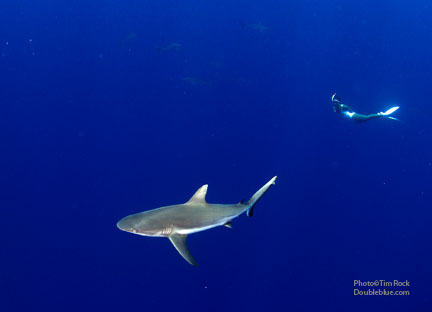 Manta Fest in Yap is slated to begin this weekend. A few of us are here early including my free diver friend Ai Futaki. Here is Ai at 50 feet off Vertigo Wall with a gray reef shark (or six). We had sunny skies and clear, incoming tide waters to dive Miil Channel and then go outside the reef to Vertigo.
Manta Fest in Yap is slated to begin this weekend. A few of us are here early including my free diver friend Ai Futaki. Here is Ai at 50 feet off Vertigo Wall with a gray reef shark (or six). We had sunny skies and clear, incoming tide waters to dive Miil Channel and then go outside the reef to Vertigo.
Mill produced a school of bumphead parrotfish, jacks and gray reef and whitetip sharks. We then headed to Vertigo. Henry gunned the engines a few times before anchoring and we were greeted by the hungry pack of gray reef sharks hoping for a feeding. They stayed around for the whole dive and Ai put on a show by easily going to 60 feet and shooting video.
Tomorrow we head back to Miil hoping for mantas this time.
Check out the action with daily blogs and posts on the MRBH website.
Peter Schneider übernimmt Manta Visions
ab dem 1. Juli wird Profi-Filmer Peter Schneider die Leitung von Manta Visions, dem
Video- und Foto-Center des Manta Ray Bay Resorts, übernehmen.
![pet-dolph01 [640x480 thums] pet-dolph01 [640x480 thums]](https://t5v4f9s5.delivery.rocketcdn.me/wp-content/uploads/2021/03/pet-dolph01-640x480-thums-300x165.jpg)
![pet-hdw700hd [Desktop Auflösung] pet-hdw700hd [Desktop Auflösung]](https://t5v4f9s5.delivery.rocketcdn.me/wp-content/uploads/2021/03/pet-hdw700hd-Desktop-Auflosung-300x225.jpg)
Ambitionierten Filmern und Fotografen ist sein Name sicherlich ein Begriff: Nachdem
der gebürtige Berliner zwölf Jahre lang für das Deutsche Fernsehen gearbeitet hatte,
ging er für neun Jahre nach Rangiroa/Französisch-Polynesien und produzierte
spektakuläre Über- und Unterwassersequenzen, die von National Geogaphic TV,
Dicovery Channel und diversen anderen renommierten Sendern weltweit mit offenen
Armen angenommen wurden.
Einige Highlights seiner bisherigen Karriere bilden die Zusammenarbeit mit Christian
Petron (Haus-Filmer für den Kultregisseur Luc Besson, u.A. „Die Tiefe“, „Atlantis“), der
prämierte Film „Sharks of Rangiroa, from Legend to Reality“ – ein Manifest gegen die
Hai-Fischerei in der Südsee, das tatsächlich ein gesetzliches Fangverbot nach sich zog
– oder etwa eine Sequenz, die nicht nur die Mating-Tänze von Mantarochen, sondern
erstmals in freier Wildbahn auch die Paarung der „fliegenden Teppiche“ eingefangen
hat.
Gemessen an seiner Liebe zu Mantas und Haien – soviel lässt sich wohl schon vorab
sagen – hat sich Peter Schneider mit Yap sicher für die richtige Destination
entschieden.
Der Tauchlehrer und Video-Instructor wird im Rahmen seines neuen Engagements
nicht nur unseren fotografierenden und filmenden Gästen mit Rat und Tat beiseite
stehen und für alle anderen auf Wunsch Erinnerungsvideos produzieren.
Bill Acker, Jan Sledsens und Team freuen sich jetzt schon auf spannende
Unterwasserfilme, die spätestens ab unserem Foto- und Filmwettbewerb Manta Fest
(4.-14. September, mantafest.com) allabendlich über die Großleinwand unseres
Restaurantschiffs Mnuw flimmern werden.
Weitere Informationen:
www.mantaray.com
www.underwatercam.tv
mantavisions@mantaray.com
peter@underwatercam.tv
Vertigo, one of Yap’s best Dive Sites?
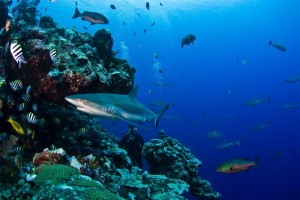 Every diver will have their favorite dive site or most memorable dive. But being as fortunate as I am to be working at the Manta Ray Bay Resort here in Yap, I feel I am spoiled for choice. But still, as spoiled as I am, I still have my favorite dive site. And for me it has to be Vertigo…by miles! Located on the Northwest side of the island, it is always protected from the wind and thus is good to dive pretty much all of the time. It is easy to get to as well, just a quick dart through the German channel and you are pretty much there.
Every diver will have their favorite dive site or most memorable dive. But being as fortunate as I am to be working at the Manta Ray Bay Resort here in Yap, I feel I am spoiled for choice. But still, as spoiled as I am, I still have my favorite dive site. And for me it has to be Vertigo…by miles! Located on the Northwest side of the island, it is always protected from the wind and thus is good to dive pretty much all of the time. It is easy to get to as well, just a quick dart through the German channel and you are pretty much there.
For me, I love to dive where I have a wall on one side and the blue on the other and of course good visibility is a must. Vertigo offers all three. The coral is mainly hard coral, but the wall just drops and drops, seemingly to infinity. The visibility is endless, easily over 100ft, so you get a great view whether you are looking up or down, left or right. But for me, the blue is the most impressive. It is such a rich hue of blue, it’s hard to pull your eyes from it. And of course from the blue comes the amazing, wonderful sharks. One minute there is nothing and then you can just make out something moving towards you and then there it is, one, two then three and then over a dozen sharks. Before long they are curiously moving in for a closer look.
Vertigo is a paradise for divers fascinated with sharks. The main visitors to Vertigo are the grey reef, black tip and white tip sharks but we have also seen Silkies and Scalloped Hammerheads. If you are lucky you may even get to see the grouper that lurks deep down in the depths. Now I’m not one for exaggerating, but it is at least 10 feet in length. There are also literally thousands of colorful tropical fish living up near the surface so this is a dive with a little bit of everything – including lots of sharks.
Another reason Vertigo is my favorite place to dive is because it’s where Bill Acker took me as a dive student for my open water course. And on only my third dive had me roll off the back of the boat and land in the middle of at least 30 sharks and in one instant took 10 years off my life with the shock!
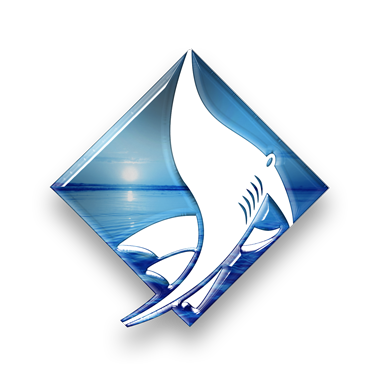
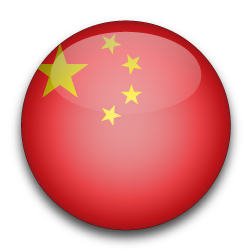


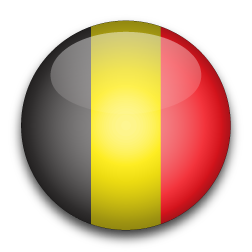
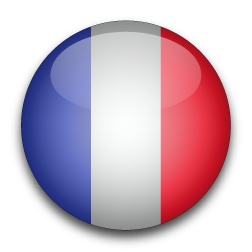

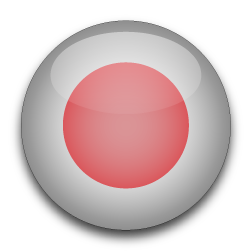


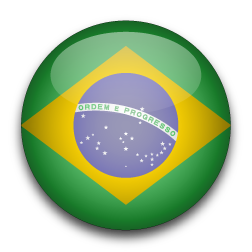
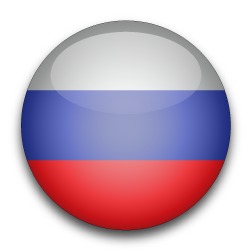
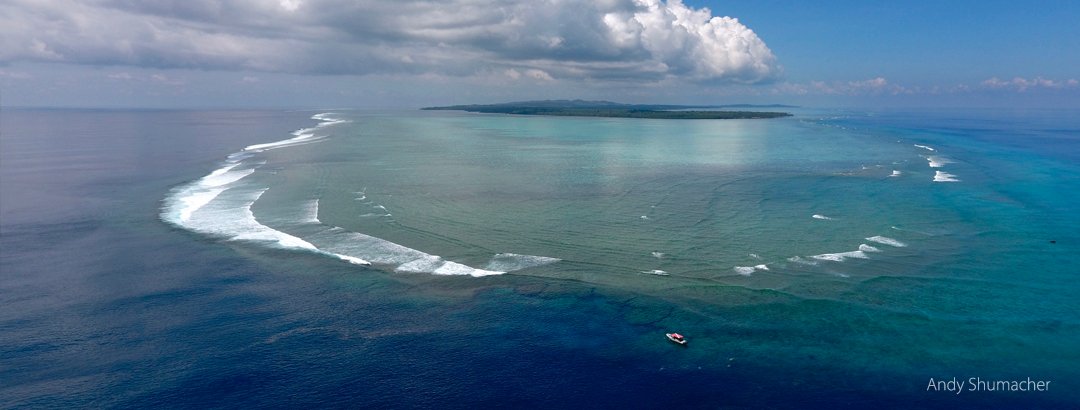
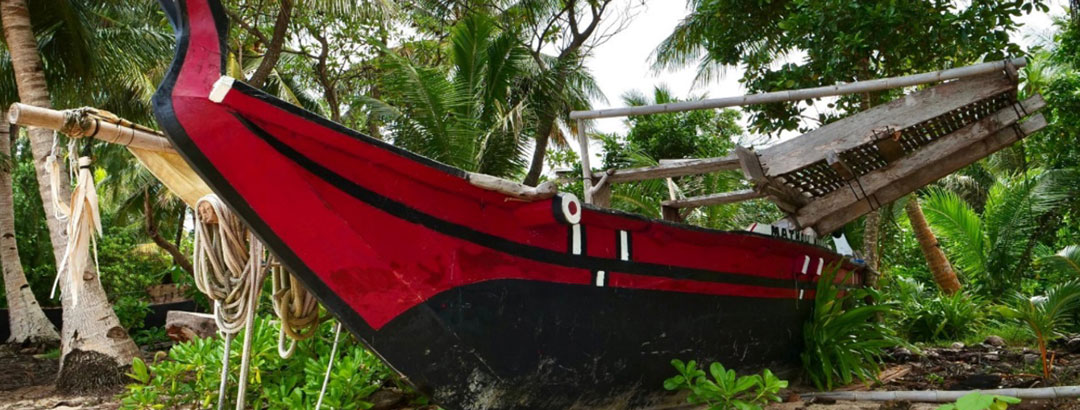
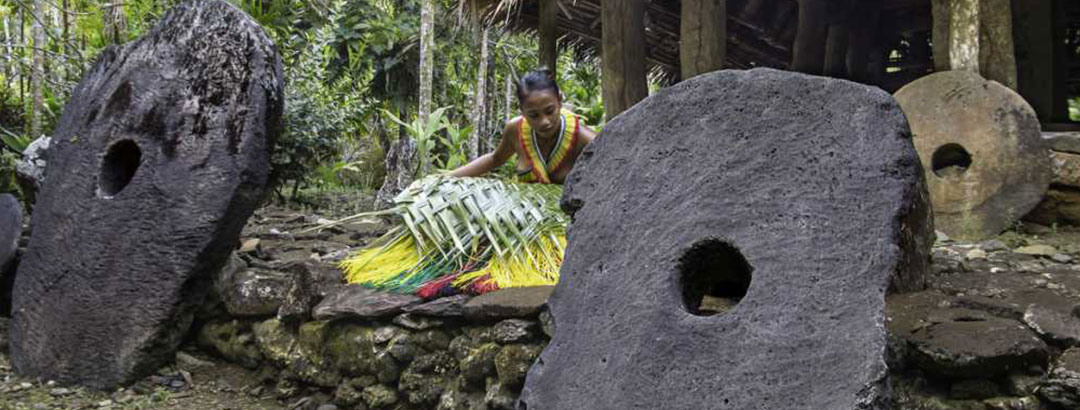
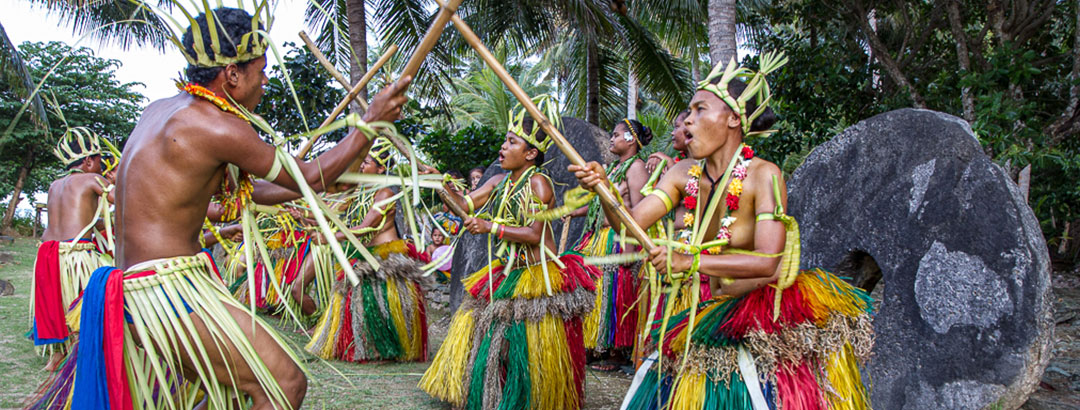
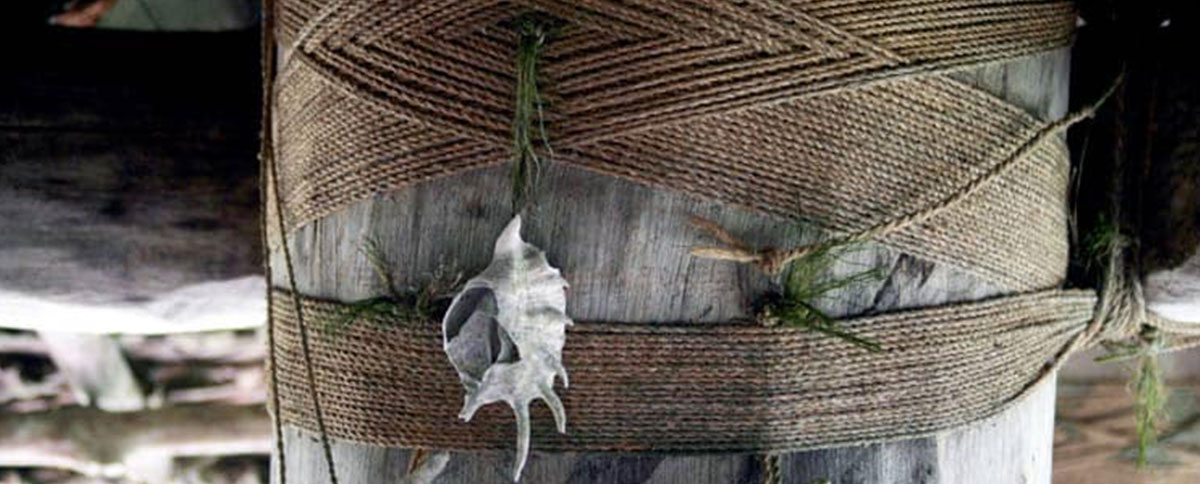

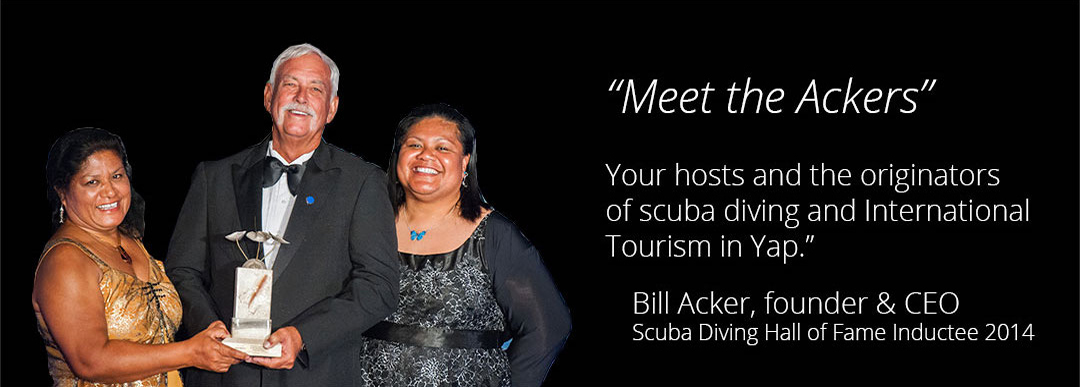
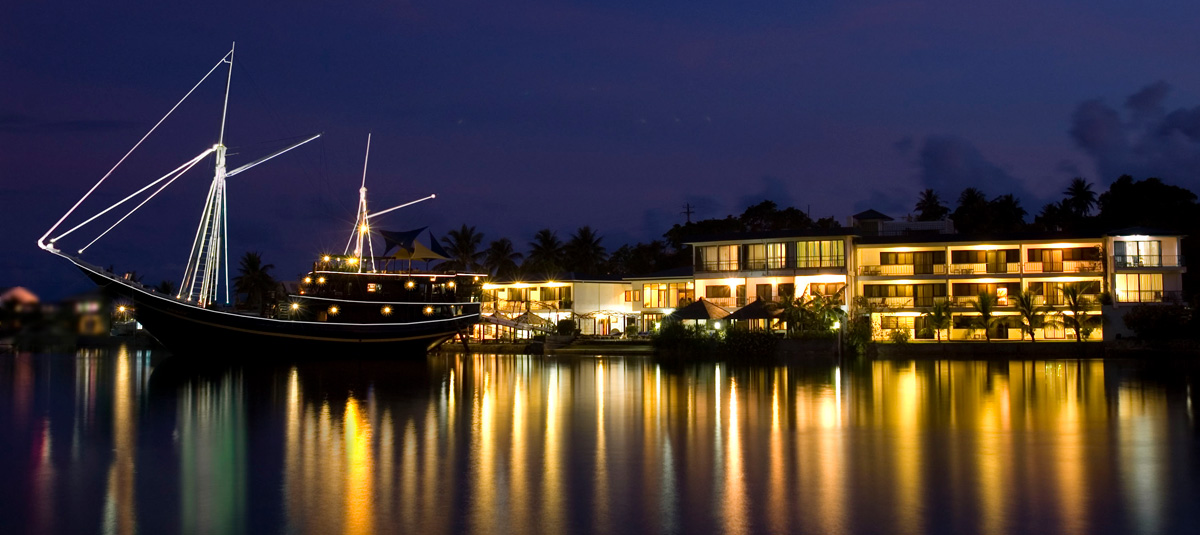
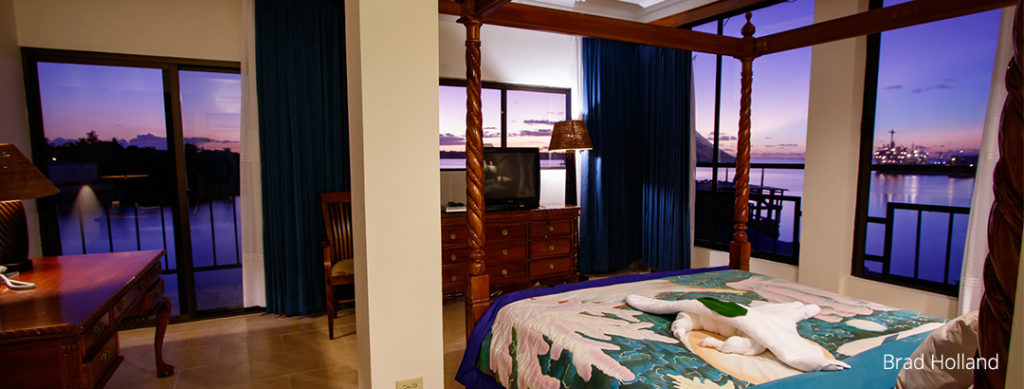


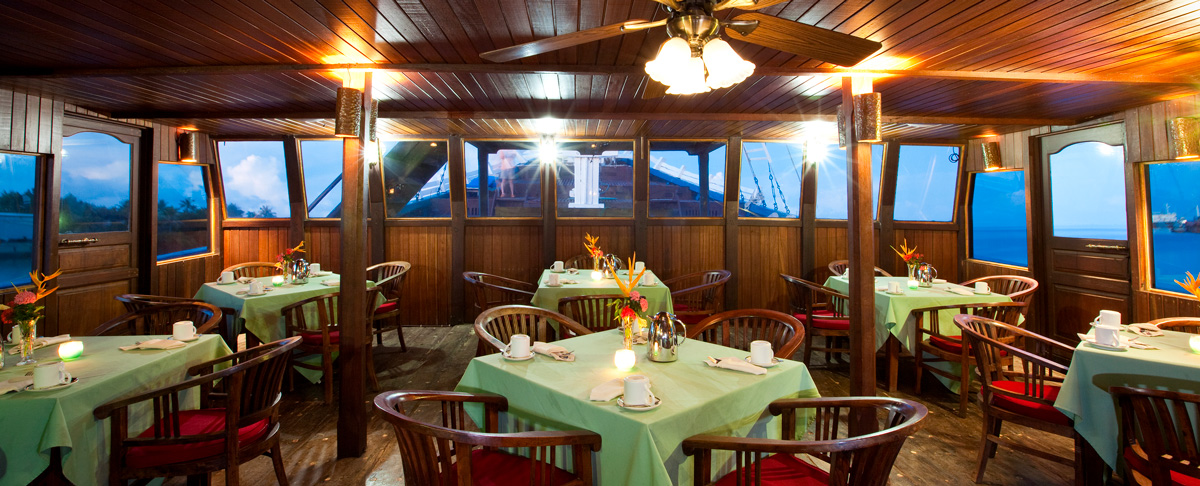
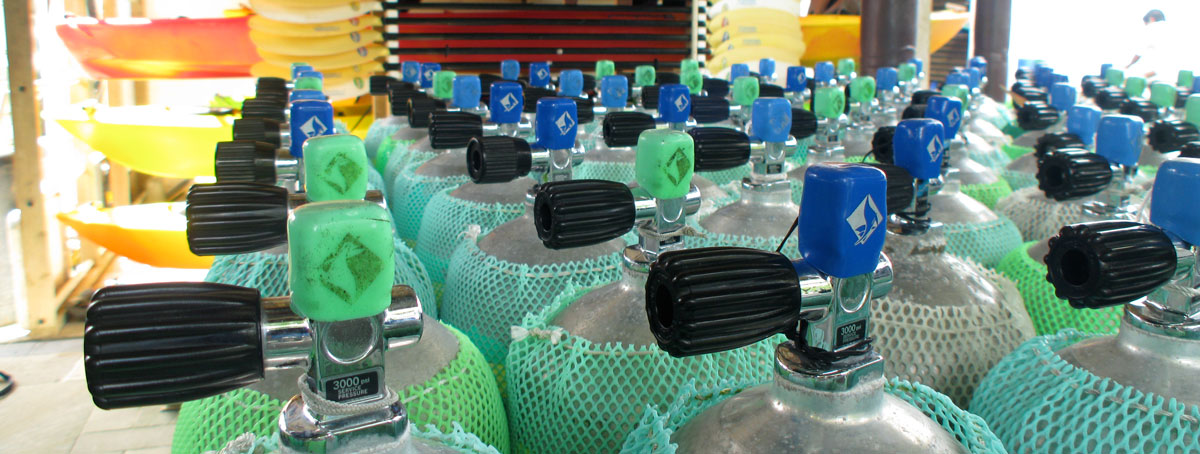

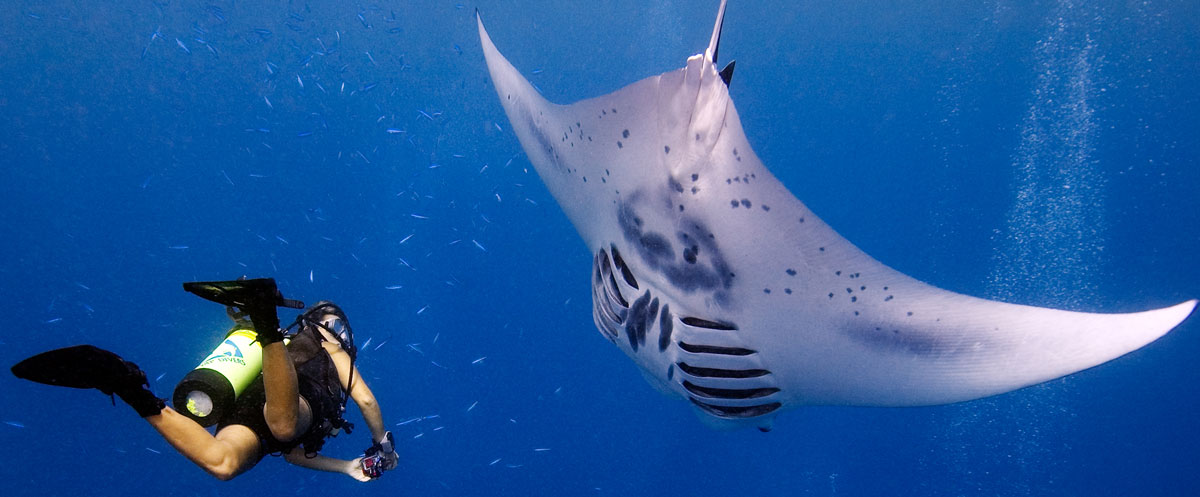
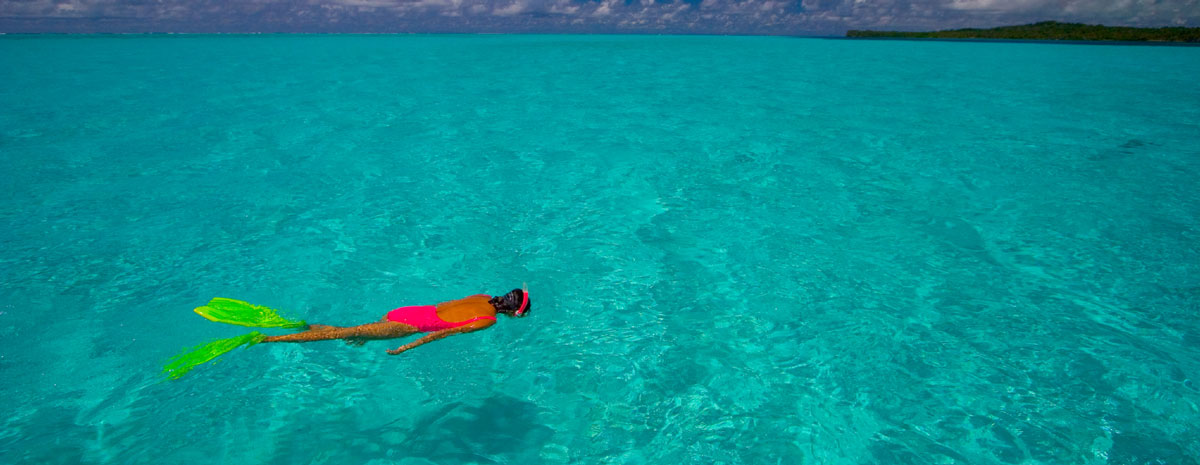

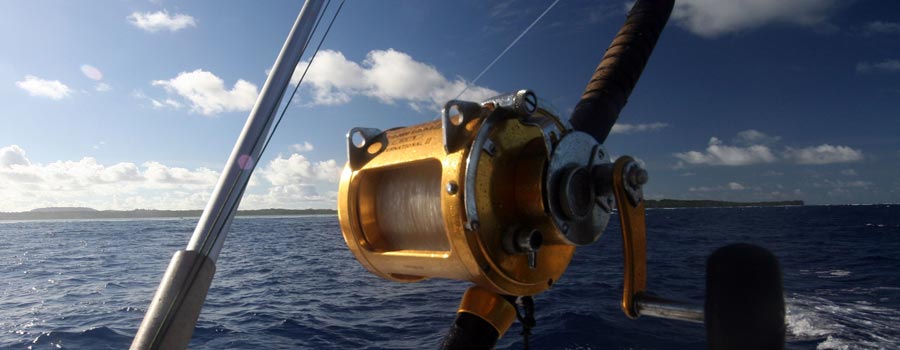
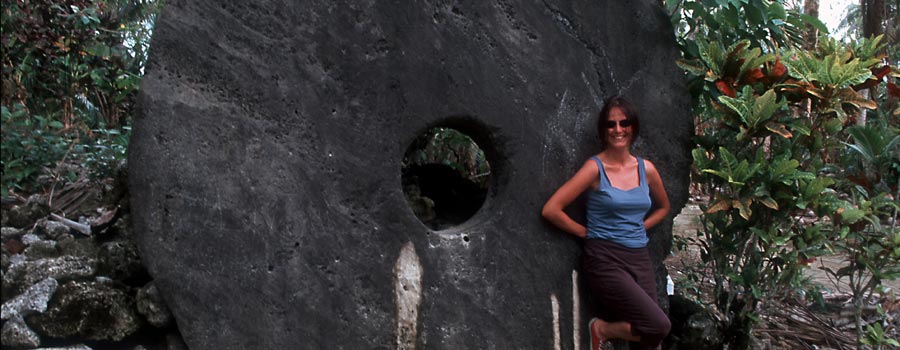
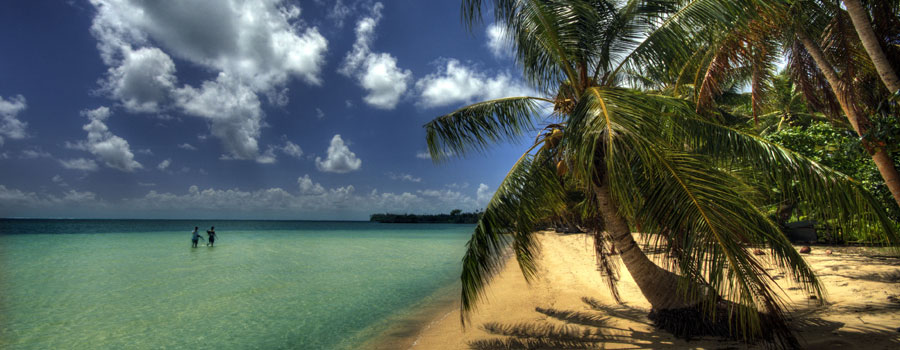
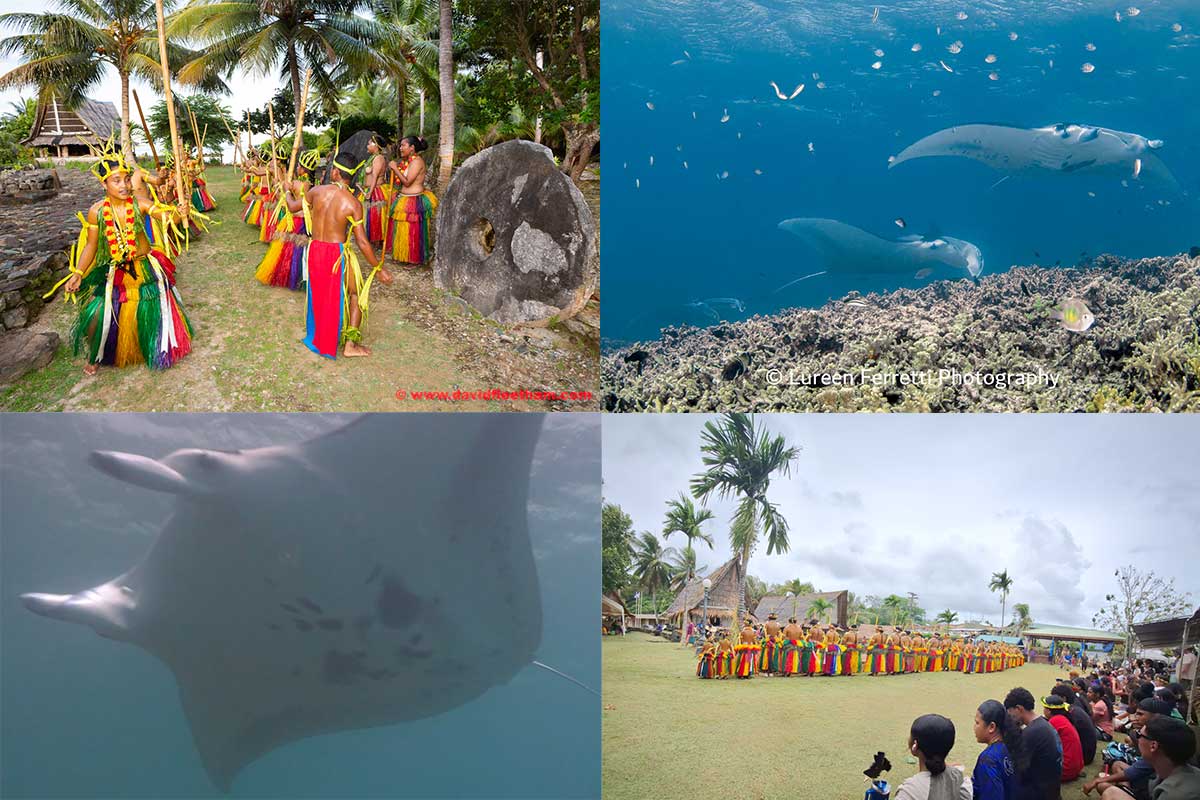



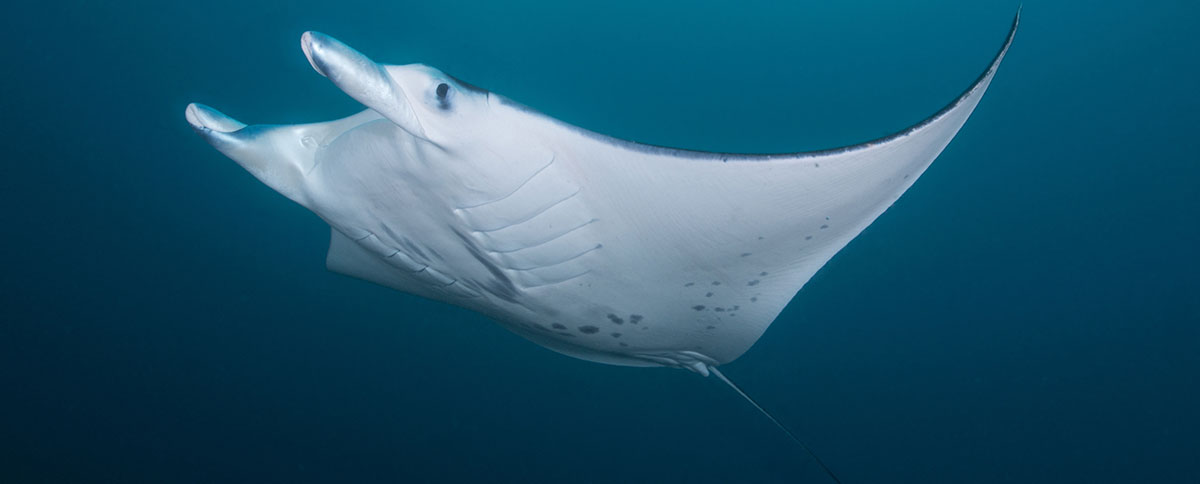

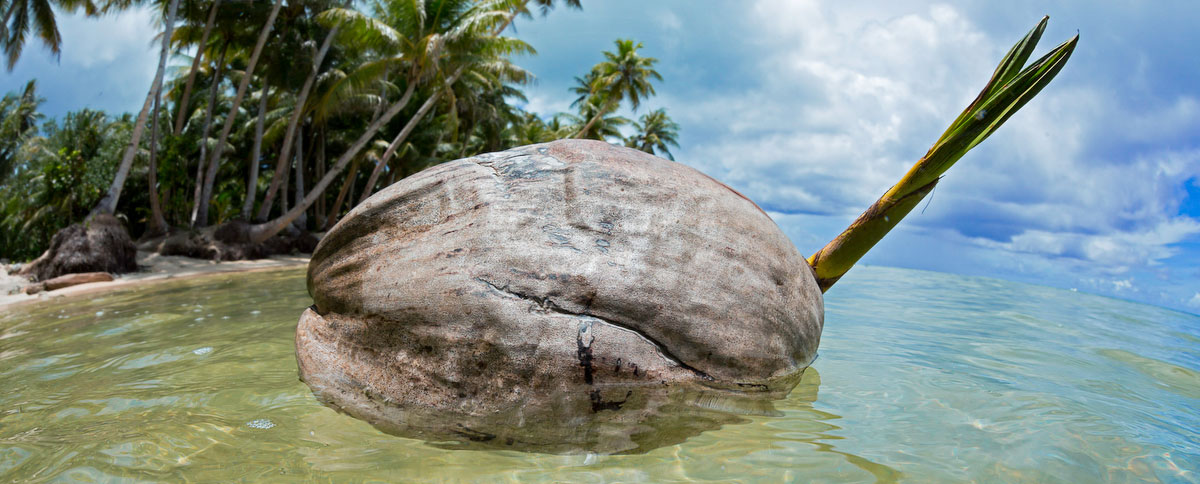
![Peter2 [Desktop Auflösung] Peter2 [Desktop Auflösung]](https://t5v4f9s5.delivery.rocketcdn.me/wp-content/uploads/2021/03/Peter2-Desktop-Auflosung-288x300.jpg)
![cinem001hd [Desktop Auflösung] cinem001hd [Desktop Auflösung]](https://t5v4f9s5.delivery.rocketcdn.me/wp-content/uploads/2021/03/cinem001hd-Desktop-Auflosung-300x168.jpg)